"It’s a little bit unnerving for an Orthodox Jewish boy from Brooklyn," says Rabbi Chaim Kolodny, after he found himself an instant media celebrity for tracking down a suspected serial rapist.
"Every local TV and radio station and newspapers from as far away as New York must have called me Friday when I was trying to get ready for Shabbos," adds the 31-year-old Kolodny, director of the Cheder of Los Angeles boys’ and girls’ schools.
Kolodny, together with Rabbi Shmuel Manne, 34, and other members of the group Hatzolah are credited by police with a piece of skilled amateur sleuthing, which led to the arrest of a man believed responsible for a series of sexual attacks on elderly women in a predominantly Jewish neighborhood.
Hatzolah (Hebrew for rescue) was formed a year ago as the city’s only volunteer emergency medical service. It operates in a 2-square-mile area, with Beverly Boulevard and La Brea Avenue as its axis. The neighborhoods are largely populated by elderly Jews, Holocaust survivors and Russian immigrants, who often feel more at ease reporting problems to someone who speaks their language.
As Kolodny relates it, his ascent to fame started quietly enough at noon on Thursday, Aug. 15, when he attended a regular monthly meeting between local police officers and neighborhood clergy. This time, however, LAPD Deputy Chief David Kalish and City Councilmen Jack Weiss and Tom LaBonge were on hand to show their concern about the four sexual assaults and four more attempted assaults in the area, apparently by the same suspect, over the last few weeks.
At the meeting, Kalish passed out composite drawings of the suspect, described as white or Hispanic, while Kolodny translated the appeals for community help into Yiddish for later local broadcast.
"My two bubbies [grandmothers] spoke only Yiddish to me," Kolodny told The Journal. "They are still alive and kicking — may they be well."
Kolodny grabbed the last two copies of the drawing, which he e-mailed widely, and then ran off 1,000 copies for posting and distribution.
At 7:30 p.m., he received a call from Manne, who reported that Hatzolah volunteer Abraham Matyas had spotted a man who seemed to fit the description of the suspect. The three men rendezvoused at a minimall, and peering into an ice cream parlor, observed a customer who attracted their attention.
"From the back, he looked older than the sketch of the suspect," says Kolodny, but the three volunteers, in separate cars, decided to follow the man as he started walking, occasionally stopping to ring the doorbells of darkened homes.
The two rabbis decided to "bracket" the man, with Manne driving 100 feet ahead of him, and Kolodny the same distance behind him. "We were in phone contact, and decided that if the guy bolted, we would take him down," Kolodny recalls.
It was getting dark outside, and at one point the man stopped under a streetlight. Kolodny got a good look at his face, quickly compared it to the drawing and said to himself, "Gotcha."
He immediately called police, while at the same time the man, apparently realizing that he was being followed, turned to confront Kolodny’s car, screamed at him and seemed ready to lunge at the vehicle.
Kolodny pulled away in a quick U-turn and as he was driving away, looked in his rearview mirror and saw "the happiest sight of my life," a police cruiser with two policewomen — "Two angels in blue," Kolodny says — who searched and arrested the man.
"This was a surreal, out-of-body experience," Kolodny says. "I’m no James Bond, and I was scared that if we had gotten the wrong guy, or he made bail, he would come after me."
Kolodny believes he was guided throughout "by yad Hashem" — the hand of God — and described himself and fellow volunteers as "His lowly messengers."
Arrested was Gary David Johnson, 41, who, police say, has a lengthy criminal record in California and three East Coast states, and who served two years in prison for burglary.
The Los Angeles County district attorney’s office announced Monday that Johnson has been charged with 20 felony counts, including forcible rape, sexual battery, burglary and robbery.
"This guy ain’t going anywhere," police assured Kolodny.
Kolodny himself is a voluble and energetic man, who directs the boys’ and girls’ schools with a total enrollment of 270, is involved in Hatzolah and other community work and with his wife, Shoshanah, is raising six children, ranging in age from 8 months to 10 years. He gets along on four to five hours sleep a night.
Describing himself as a "proud Haredi," or ultra-Orthodox Jew, Kolodny counts among his ancestors and relatives Lubavitch and Gur Chasidim, as well as secular Jews. He says that he received his smicha (rabbinical ordination) in Israel, but is unconcerned about titles. "Some people call me rabbi, and some call me Chaim," he says.
Kolodny had a problem when TV crews asked to shoot some footage at the Cheder of Los Angeles on La Brea. "Our students are ultra-Orthodox, and none has a television set at home," he says. He didn’t consider it appropriate to have television and other cameras at the school, and persuaded the members of the media to satisfy themselves with exterior shots of the school building.
Hatzolah, which is modeled on the older and much larger operation in New York, has some 30 members, trained as emergency medical technicians. Because of their close networking with their community, volunteers are often first on the scene, but turn over cases as soon as city or county emergency personnel arrive.
The organization has dealt with its share of heart attacks and other serious incidents, but also with superficial scratches and other mundane problems. The latter category is called GMG or "gornisht mit gornisht," Yiddish for "nothing with nothing."
Kolodny says that in the Beverly-La Brea area, which includes parts of Hancock Park, mid-Wilshire and Hollywood, crime is not endemic, "but is inching up like anywhere else." Most crimes consist of home robberies, car break-ins and thefts, says Kolodny, who praises the excellent police work in the area.
Nevertheless, "we don’t allow our kids to walk alone, and when we come home from shul in the evening, we try to walk in pairs," he says.
The sleuthing by the Hatzolah volunteers may ultimately benefit their organization. A reward of $25,000 has been posted for the conviction of the serial rapist, and if this happens, Kolodny and Manne plan to use the money to buy defibrillators, devices that can revive heart attack victims.









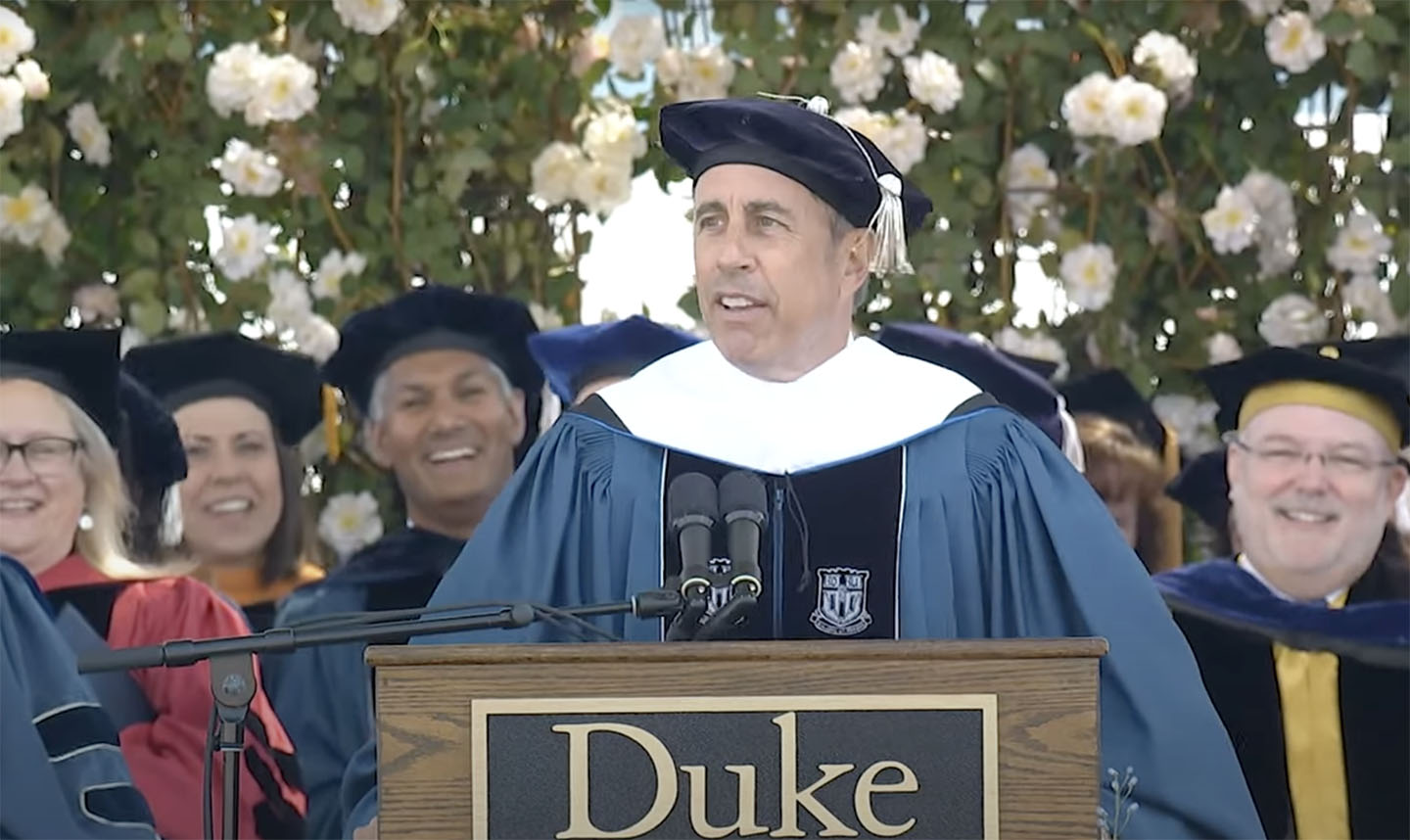
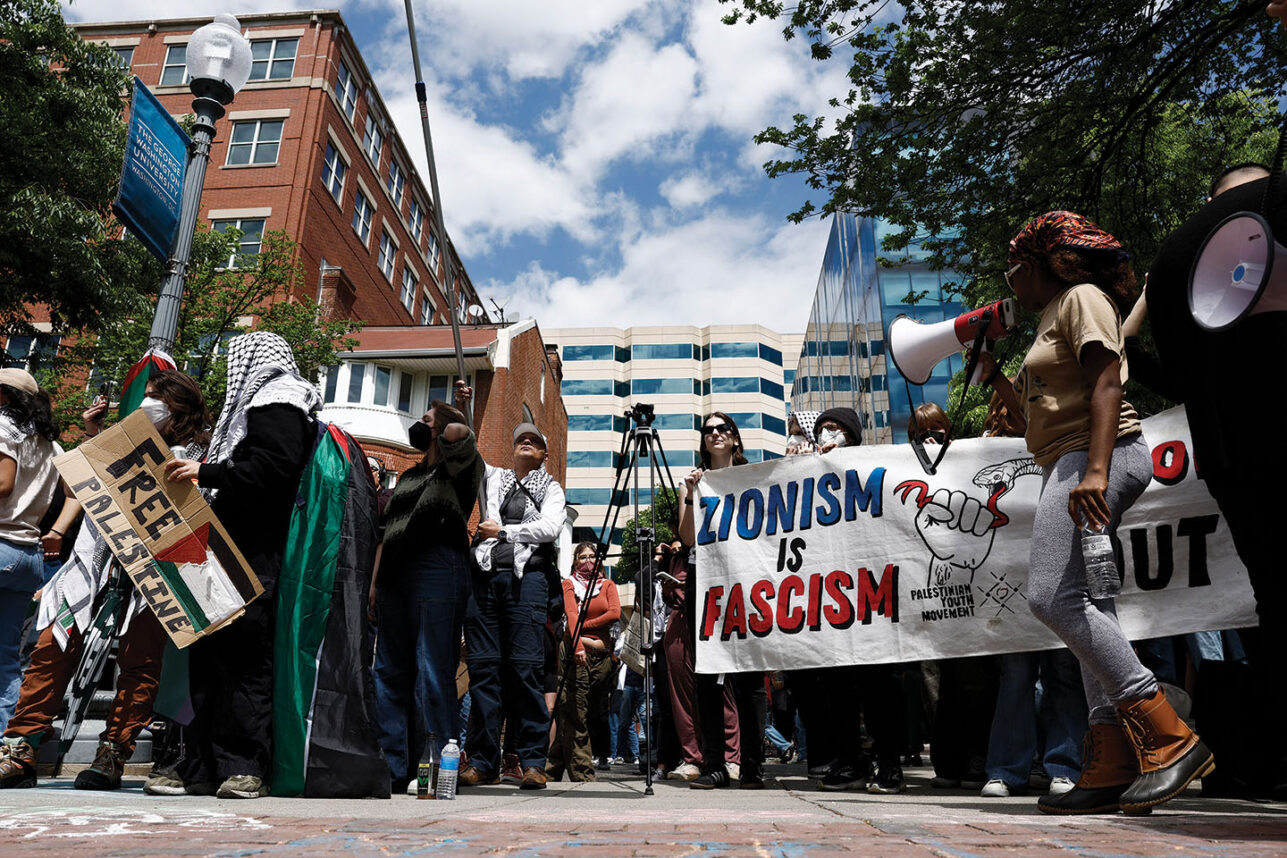


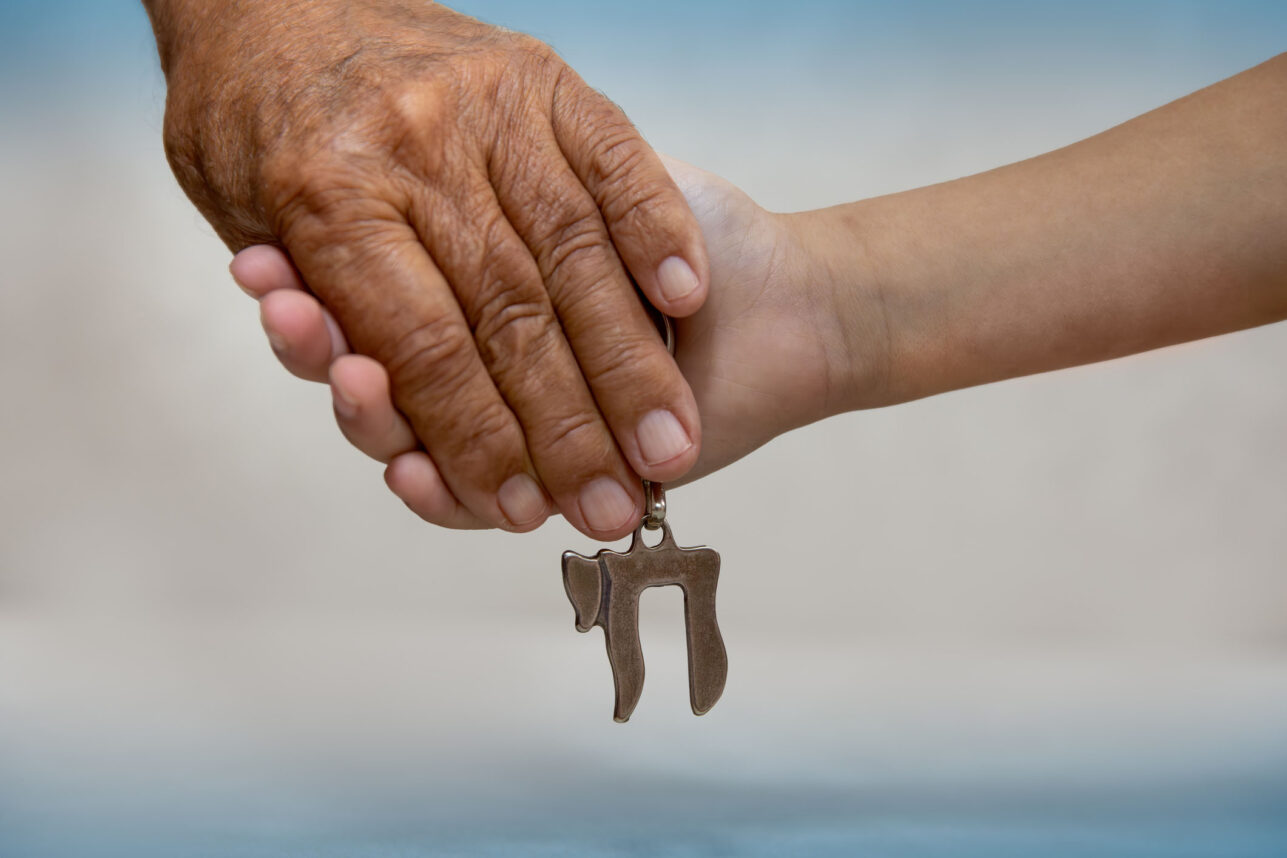
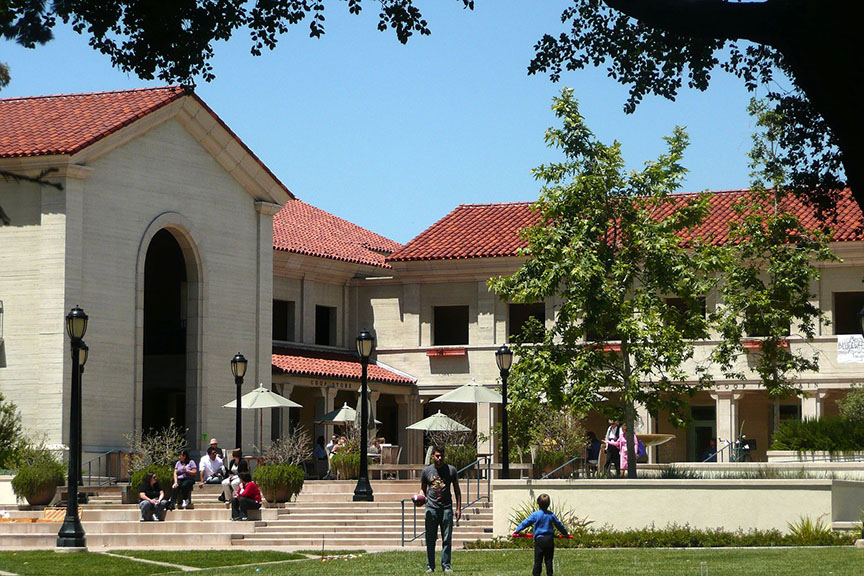
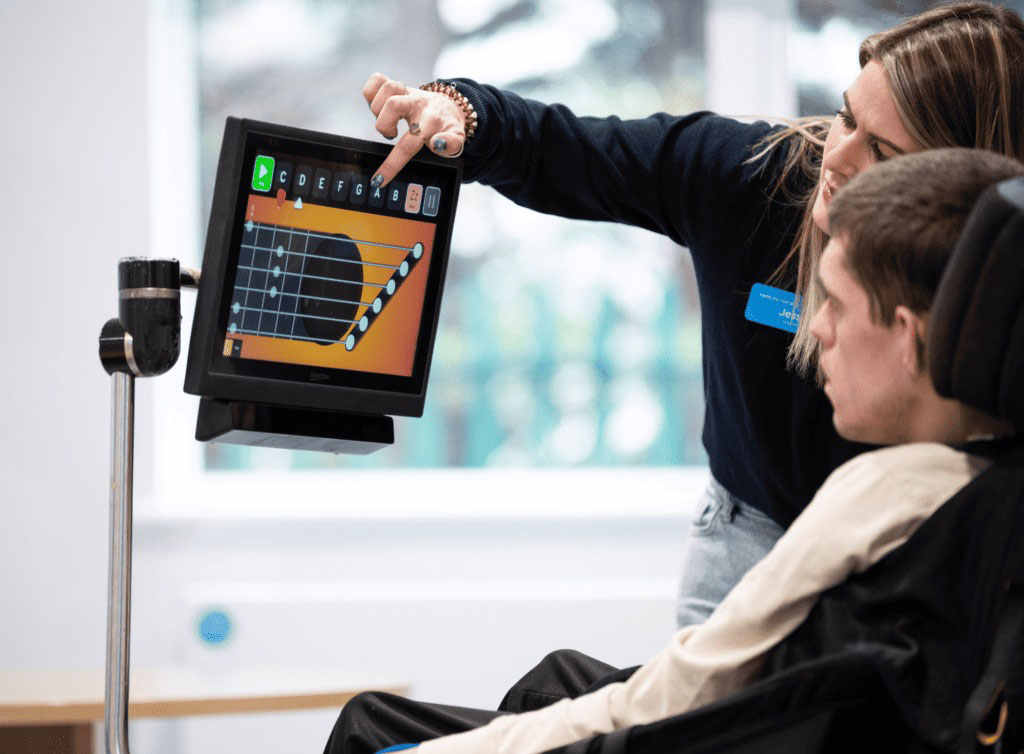
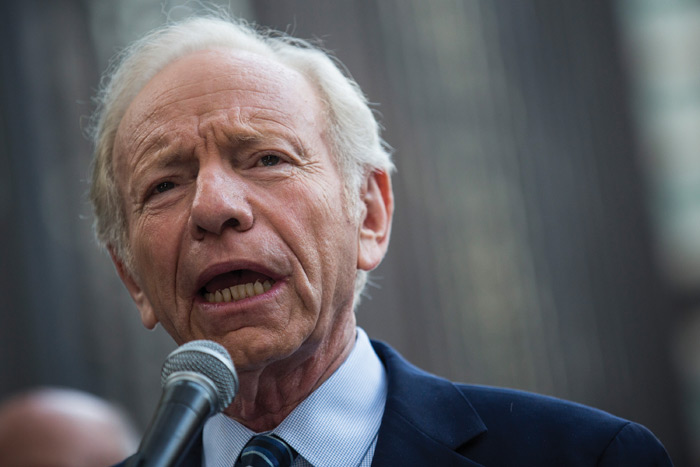






 More news and opinions than at a Shabbat dinner, right in your inbox.
More news and opinions than at a Shabbat dinner, right in your inbox.